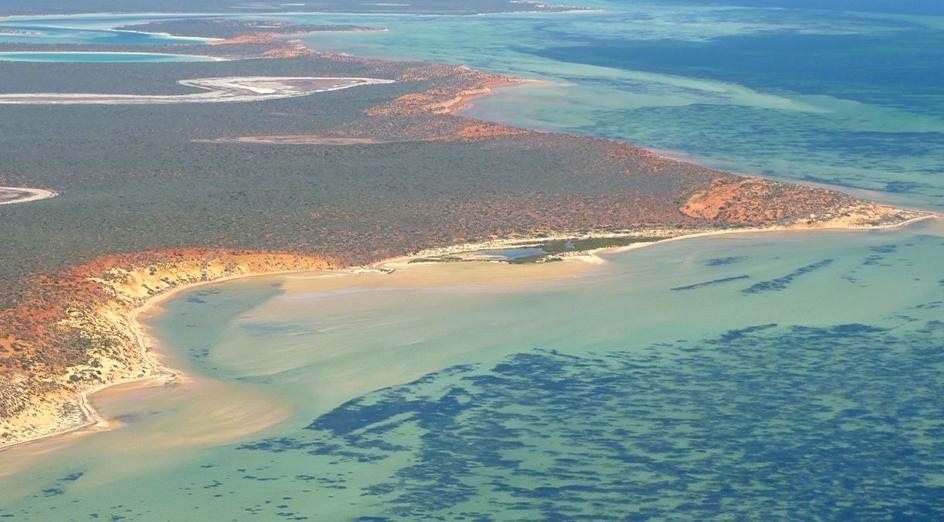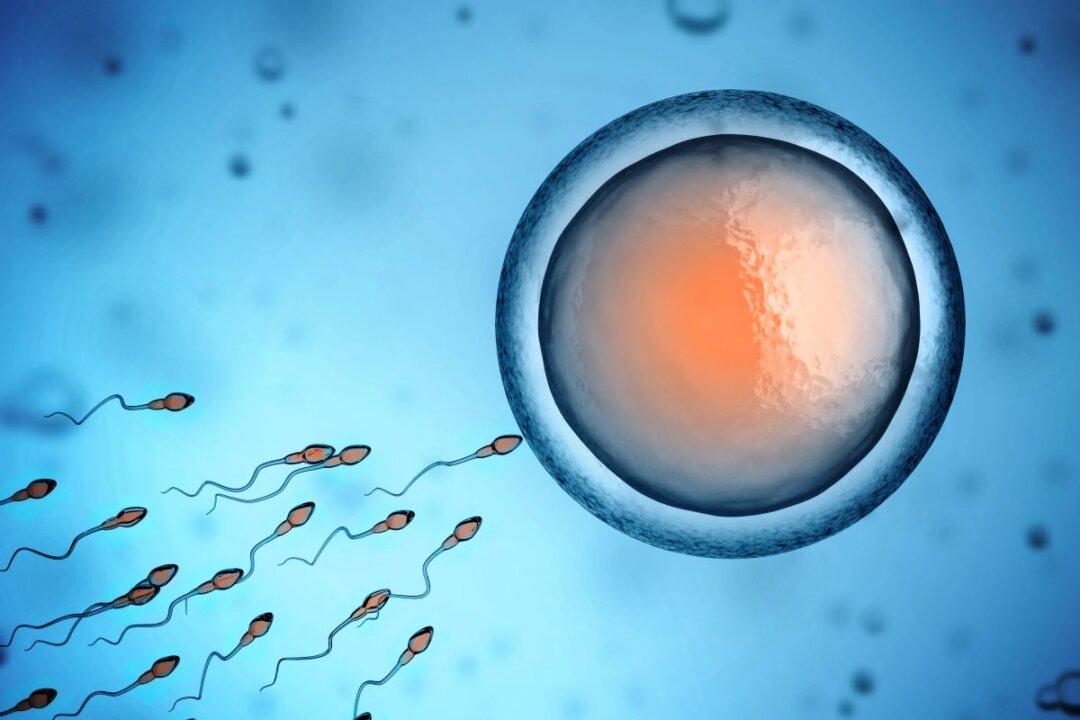Researchers from two Australian universities have discovered what they believe to be the largest plant in the world, an ancient and resilient seagrass that stretches 180 kilometres across.
This single giant plant of the seagrass Posidonia australis is estimated to be 4,500 years old. It was found in the shallow waters of Shark Bay in Western Australia (WA) and has been detailed in a study published in the journal Proceedings of the Royal Society B.





